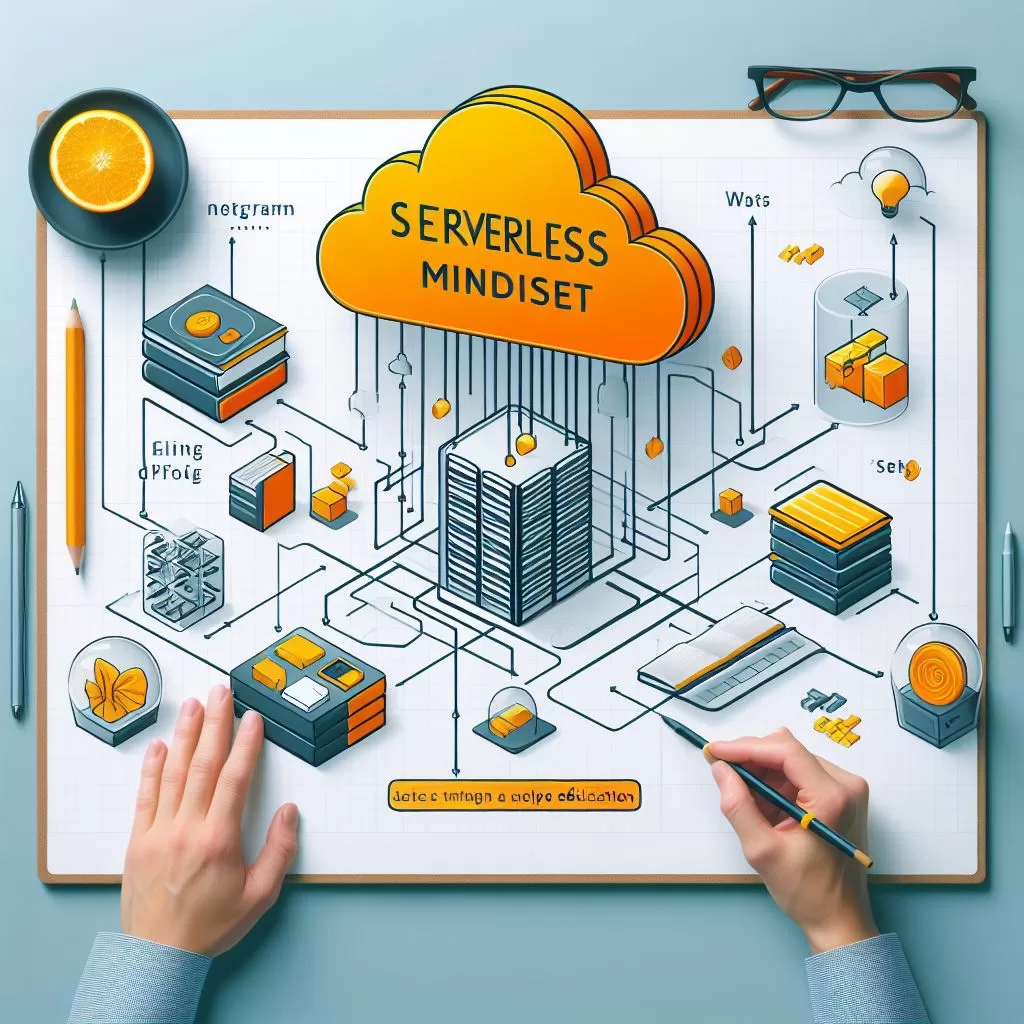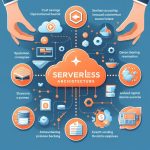The “serverless mindset” refers to a way of thinking and approaching software development that embraces the principles and benefits of serverless computing. Here are some key aspects of the serverless mindset:
1. **Focus on Business Value**: Developers prioritize delivering business value by focusing on writing code that directly addresses business requirements and customer needs. They leverage serverless platforms to abstract away infrastructure management, allowing them to concentrate on building features and functionality that drive business outcomes.
2. **Event-Driven Thinking**: Developers adopt an event-driven mindset, designing applications to respond to events triggered by various sources such as HTTP requests, database changes, or messaging queues. They design workflows and processes that are triggered by events, enabling reactive and scalable architectures.
3. **Microservices Architecture**: The serverless mindset often aligns with a microservices architecture, where applications are composed of small, loosely coupled functions or services. Developers break down monolithic applications into smaller, independent components that can be developed, deployed, and scaled independently. This modular approach promotes flexibility, agility, and easier maintenance.
4. **Cost Awareness**: Developers are mindful of the cost implications of their code and design decisions. They optimize code for performance and efficiency, minimizing resource usage to control costs. By leveraging the pay-per-use pricing model of serverless platforms, they ensure that they only pay for the resources consumed during execution.
5. **Automated Operations**: Developers embrace automation to streamline development and operations tasks. They leverage automation tools and practices to automate deployment, testing, monitoring, and scaling processes. This automation reduces manual effort, improves consistency, and accelerates the delivery of features and updates.
6. **Resilience and Fault Tolerance**: Developers design applications with resilience and fault tolerance in mind. They build fault-tolerant systems that can gracefully handle failures and recover quickly from disruptions. By leveraging the inherent scalability and resilience of serverless architectures, they ensure high availability and reliability for their applications.
7. **Continuous Learning and Improvement**: Developers adopt a mindset of continuous learning and improvement, staying up-to-date with the latest developments in serverless technologies and best practices. They actively seek feedback, experiment with new approaches, and iterate on their solutions to drive innovation and optimization.
Overall, the serverless mindset emphasizes a focus on delivering business value, embracing event-driven architectures, adopting microservices principles, optimizing for cost efficiency, automating operations, prioritizing resilience and fault tolerance, and fostering a culture of continuous learning and improvement. By embracing these principles, developers can leverage the benefits of serverless computing to build scalable, cost-effective, and resilient applications that meet the evolving needs of their organizations and customers.



